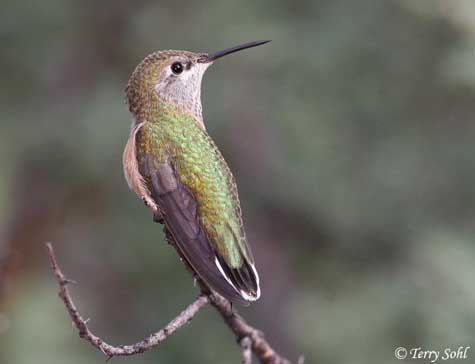Monday, December 5, 2011
Monday, Monday....
Ah, Monday, Monday. (Not my favorite Mamas and the Papas song, but it's apra-poe... Give me "Dedicated to the One I Love" or "California Dreamin' or whatever the name of that one with the lyric "And no one's gettin' fat 'cept Mama Cass"...)
Word of the day: bimensal : occurring every two months
Julia and I just watched a preview for a new Nicholas Sparks adaptation with Zac Efron. Sparks is dreck through and through, but he's undoubtedly my hero. Need you hear about my Inverse Theory of Deserved Success? Okay, here it is anyway. We all have some degree, some longitude of talent. Imagine that talent plotted somewhere on a horizontal talent line. Most of us are west on the talent line; most of us have average, slightly below average, or slightly above average talent.
Now imagine another line beneath that talent line. This horizontal line is a Wealth line; you know, how much money cheddar you have.
Okay, in a fair world, the people farthest to the right on the talent line, those easternly souls with tons of talent, tons of appreciated and rewarded talent, would find themselves also on the right of the Wealth Scale. If you're good at lots of things, especially things people appreciate and pay to witness or view, you probably should be financially in-line for more than those less gifted than you.
Well, that lame hunk of a duck Sparks is behind even most village simpletons in talent, but, somehow he has kazillions of dollars.
And that is why I love and respect him.
If only people would love Tom Perrotta just as much. Wait, I think he is pretty well-liked. Never mind. Two of his excellent novels have been made into excellent movies (Election, Little Children) and director Lisa Cholodenko of The Kids Are All Right is in line to film Perrotta's 2007 The Abstinence Teacher. His new novel, The Leftovers, was compelling for about two-thirds of the story, but somewhere along the way my interest kind of dried up. It is an intriguing premise: a Rapture occurs and millions of people just vanish, de-materializing right on their own homes, while driving, going to the bathroom, eating. The survivors, the titular refuse, are forced to carry on their lives despite the absence of family members, neighbors, classmates, colleagues, Shaq. As ever, Perrotta sets his sights on a particular enclave of Anywhere, Suburbia, specifically a family who is left reeling from the Event: Dad is the Mayor; his wife leaves the family to join the Guilty Remnants, a vigilant cult whose members take a vow of silence and stalk the streets, their ghost-like visages a fragile, frightening reminder to the everyday people around them to not forget; his daughter, whose friend disappeared right before her eyes on the night of the Rapture, has grown surly and wild, neglecting her studies, smoking pot; his son has left to join the entourage of a shady, promiscuous Joel Osteen type. Perrotta hits all the bases here - the town council meetings, the men's softball leagues, spin-the-bottle parties - and he writes clear and accessibly. Some of the humor and observations are a little stale by now, though, and the book just became bland towards the end, and the denouement was unsatisfying. Worth reading, but wasn't the knockout I kept hoping it would be.
The Big Year... well, I was gonna review it, but you probably by now have a suspicion that I really liked it. True! I learned a lot and was immensely entertained. I had no idea that birding was such a diehard, zany, almost insane sport - and expensive as hell too.
Today's bird? Why not give props (have people 'given props' since 2002?) to the smallest bird in North America, the 3-inch calliope hummingbird? Shy and brilliantly-colored, this is a must-see bird for birders. Its colors are magenta, green, white, black, and buff (a funny color, buff, as if was the color of free weights). It's a dimorphic species, meaning there are clear color differentiations between the genders, the specifics of which I won't get into. It munches on insects, nectar, and sap. They tend to be inconspicuous birds, often scared and muscled out by larger, louder species of hummingbirds. In the summer, the calliope can be seen in the western U.S. and Canada, high up in the mountain ranges near water sources; in winter, it hangs out in south Mexico.
(I'm pretty sure the above bird is female)
Subscribe to:
Post Comments (Atom)


No comments:
Post a Comment